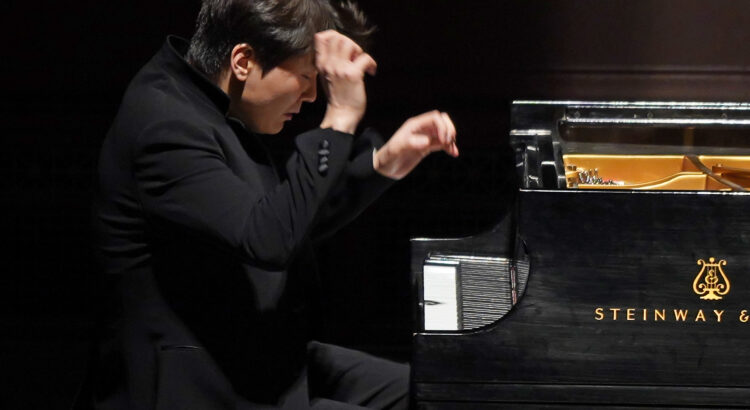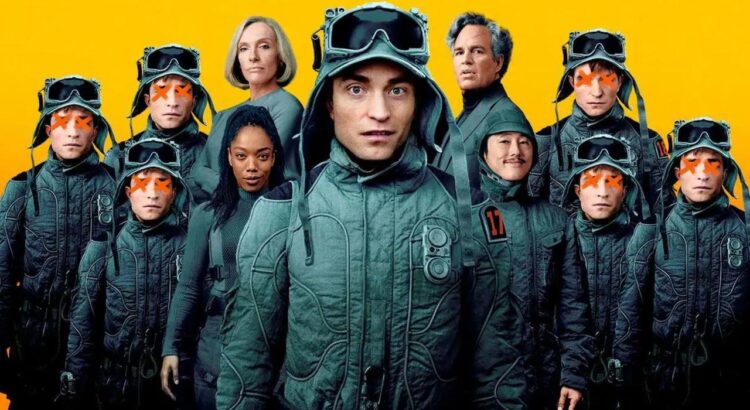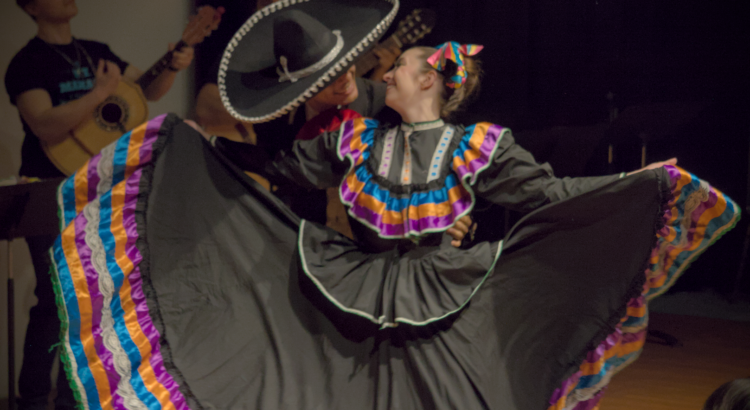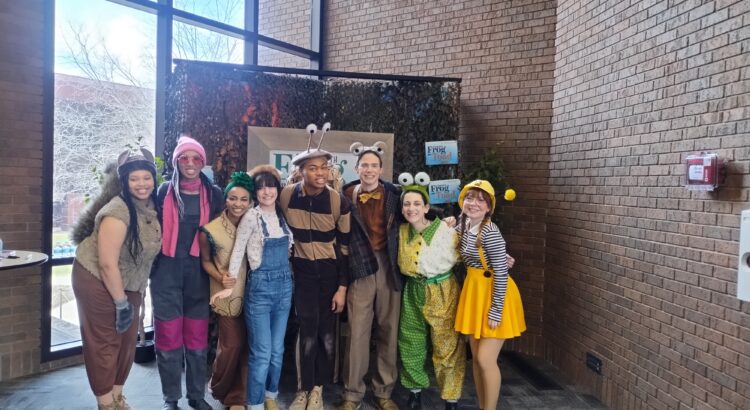“Freaky Tales” certainly lives up to its name in a genre-bending, horror-comedy-action thriller love letter to the Bay Area in the 80s, which, as said in the tagline, was “hella freaky.”
The movie is divided into four chapters with different characters, plots, and energies all interspersed with what it calls the freaky green lightning of Oakland, California in 1987. From alternative teenagers fighting Nazis to a rap battle between newcomer duo Danger Zone and Too Short to the murder of a retired hitman’s pregnant wife, the final chapter connects all of the characters in a house robbery-gone-wrong turned revenge murder spree.
The plots are all over the place; the star-studded cast, including Pedro Pascal, Normani, and even Ben Mendelsohn, never gets more screen time than lesser-known actors. So what is truly the central character and thesis of the movie? It’s the city itself.
However, as someone who has never visited or lived in California — let alone Oakland, let alone in the 80s — a lot of the references went over my head. Only in later research did I learn that every story took place at real places with real people and even during some real historical events. Bay Area rapper Too Short, whose song “Freaky Tales” is where the film gets its name, is a character in the film and even has a cameo himself. The “Sleepy Floyd” basketball game that happens in the fourth chapter, where Warriors player Sleepy Floyd scored a record 29 points in the fourth quarter to defeat the Lakers, is a real event. The film dropped a hefty budget to shoot on-location in Oakland at classic spots like a Giant Burger and the Grand Lake Theatre and recreate legendary 924 Gilman and Sweet Jimmie’s.
But instead of wondering about the visual artistry and history of the setting, my attention was distracted by the gory scenes in chapters 1, 3, and 4. This was particularly a shame, as the film utilized different aspect ratios, filters, and animated graphics to emphasize the 80s aesthetic. Especially because of the ending fight scenes, I was left wondering just how much of the budget was allocated for fake blood. It was very campy, tying into the campy nature of its depiction of the 80s, with exaggerated outfits from jumpsuits to spike wrist guards; but there seemed to be a never ending stream of (comically) violent sequences that quickly got old.

When I wasn’t distracted by flying body parts and punctured jugulars, the emotional whiplash of the different chapters was distracting enough. The acting in the first chapter, centered around friends Lucid (Jack Champion) and Tina (Ji-young Yoo), was weaker than the rest, although superstars like Pedro Pascal set a high bar to match. But it had a happy ending, and so did the second chapter, leaving the audience totally unprepared for what was to come in chapters 3 and 4. As co-director Anna Boden says, it is an “action packed genre mixtape of a movie;” but I would call it a gruesome action-packed emotional rollercoaster.
I was not the intended audience for this film, and if I was, my opinions would likely be much different. But unless you fit that context (or enjoy sincerely weird movies), I would not recommend shelling out to see it.
















